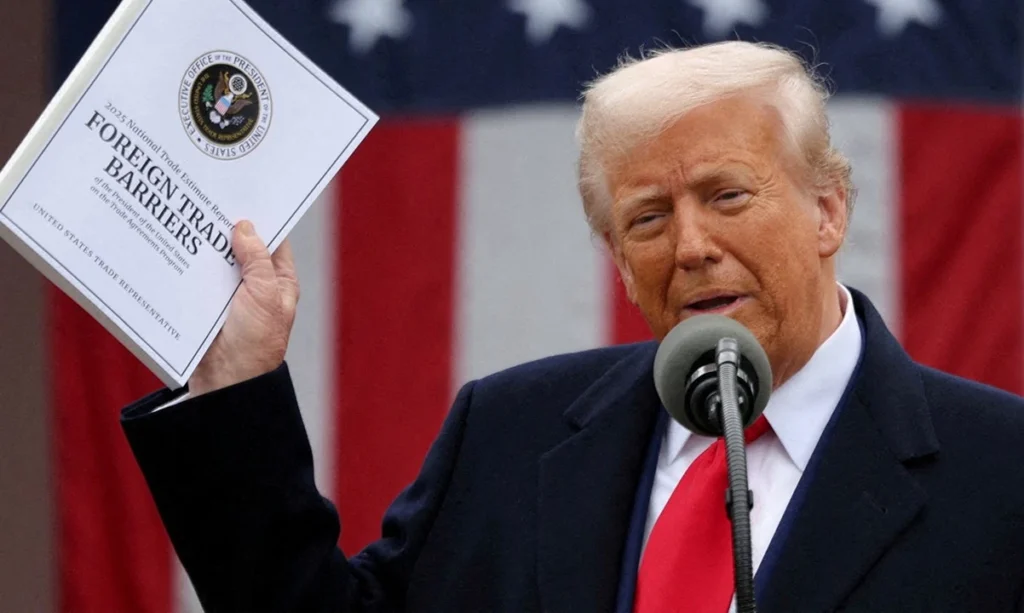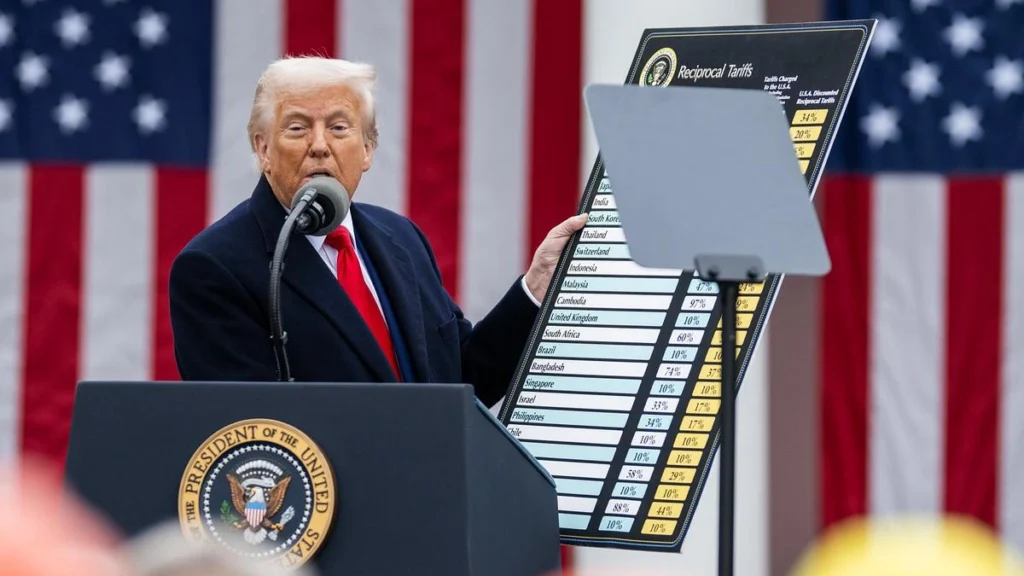Former President Donald Trump says he will ask the U.S. Supreme Court to quickly decide whether his sweeping tariffs can stay in place. Lower courts have already ruled he doesn’t have the authority to impose them, but Trump isn’t backing down. “It’s going to the Supreme Court,” Trump told reporters on September 2. “And we’re going to ask for an expedited ruling.” Normally, cases before the Supreme Court take months, sometimes longer, to resolve. But the justices can fast-track certain cases if they see them as urgent. Earlier this year, for example, they ruled on a TikTok ban just weeks after an appeal was filed.
Appeals Court Pushes Back on Trump’s Power
Trump’s latest legal battle began on August 29, when the U.S. Court of Appeals for the Federal Circuit ruled against him. In a 7-4 decision, the court said he went too far by using a 1977 law to justify tariffs on imports from most countries around the world. The law gives the president wide authority during a declared national emergency, but the court noted it doesn’t specifically allow tariffs. Despite the ruling, the judges allowed Trump’s tariffs to stay in place until October 14 to give his team time to appeal to the Supreme Court.
Why Trump Says Tariffs Matter

Trump has built much of his economic agenda around tariffs. He argues they are essential to protecting U.S. jobs and industries, while also generating billions of dollars in revenue. “If you took away tariffs, we could end up being a ‘Third World’ country,” Trump said, warning that rolling them back could spark another Great Depression. His team insists that refunding the billions already collected from tariffs would cripple domestic manufacturing.
Businesses Say Tariffs Hurt Them
While Trump sees tariffs as a shield for American workers, many businesses and states argue they are doing more harm than good. Small companies that depend on imported goods say higher costs are forcing them to raise prices for consumers. One case brought by two Illinois toy importers highlights the issue. The companies claim Trump’s tariffs have created financial strain and market uncertainty. That lawsuit is still moving through the appeals system, and the Supreme Court has so far declined to take it up.
The Core Legal Question

The fight centers on the International Emergency Economic Powers Act, a law usually used to impose sanctions on foreign adversaries. Trump’s team argues that the law gives the president the right to regulate imports during an emergency, pointing to both the U.S. trade deficit and the fentanyl crisis. But the appeals court rejected that view, saying Congress never intended to give presidents the unchecked power to impose taxes or tariffs without approval.
What Comes Next
Now all eyes are on the Supreme Court. If the justices agree to speed things up, a ruling could come before the end of the year. If not, the process could stretch on well into 2026. For Trump, the case is about more than tariffs it’s about presidential authority over trade. For businesses and consumers, it’s about whether prices and supply chains will stabilize or remain uncertain. Either way, the Supreme Court’s decision will shape U.S. trade policy for years to come and set limits on how far a president can go in declaring an “economic emergency.”



